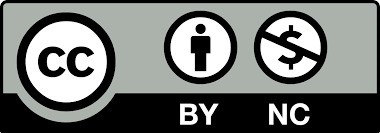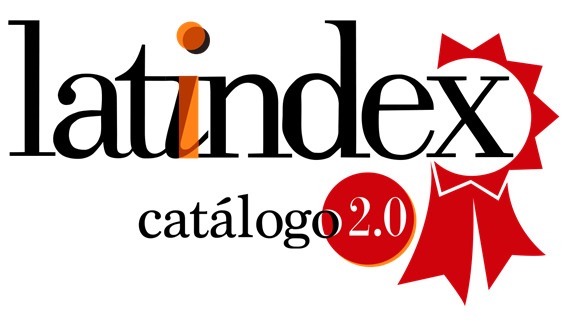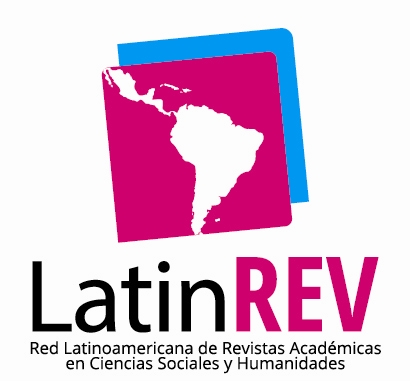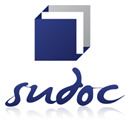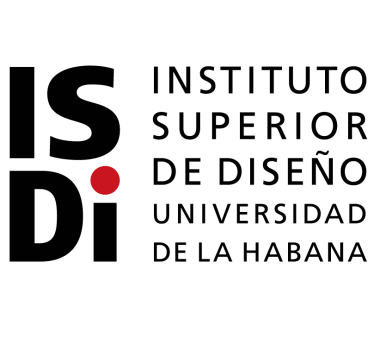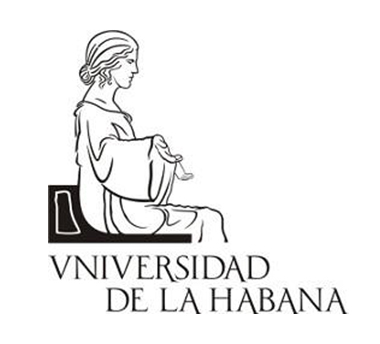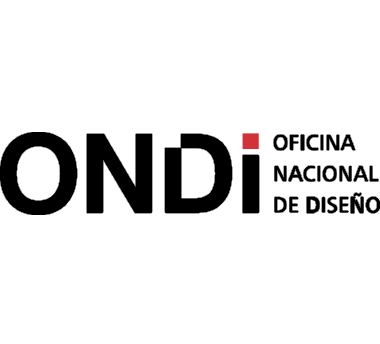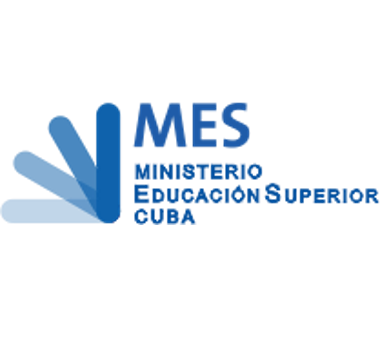Textile manufacturing subject in the designers training through distance education.
##plugins.themes.bootstrap3.article.main##
Abstract
Faced with the contingency of Covid-19, higher education transitioned to the distance education modality, which represented a challenge for students and teachers. The objective of the present work is to know the impact of distance education in the optional subject Textile Confection of the Industrial Design Career. The experience was organized in a workshop that takes advantage of the activities and resources offered by the Virtual Teaching-Learning Environment of the University of Havana and concluded with an evaluation. The results show the effectiveness of the transition to the modality.
##plugins.themes.bootstrap3.article.details##

This work is licensed under a Creative Commons Attribution-NonCommercial-ShareAlike 4.0 International License.
- Attribution — You must give appropriate credit , provide a link to the license, and indicate if changes were made . You may do so in any reasonable manner, but not in any way that suggests the licensor endorses you or your use.
- NonCommercial — You may not use the material for commercial purposes .
- No additional restrictions — You may not apply legal terms or technological measures that legally restrict others from doing anything the license permits.
- ShareAlike — If you remix, transform, or build upon the material, you must distribute your contribution under the same license as the original. NOTE: This point applies to numbers 1 to 20 of the magazine with the previous CC-BY-NC-SA 4.0 license. Does not apply to the new CC BY-NC 4.0 license from Volume 11, Number. 21 (2024).
References
Alfonso Sánchez, I. R. (2003). La educación a dis-tancia. ACIMED,11 (1).
Bobadilla, P., Alcántara, I., Rosenstock, N., Borli-do, C., Cabral, P., Huertas, S., & Passarini, J. (2020). El Ãndice de actividad individual de los estudiantes en EVA y sus rendimientos académi-cos: el caso de BioestadÃstica Veterinaria. Inter-Cambios. Dilemas y transiciones de la Educación Superior, 7, pp. 171-188. Recuperado de http://www.scielo.edu.uy/scielo.php?script=sciarttext&pid=S2301-262020000200171&nrm=iso
Fernández, E., Pérez, M., & Ramos, E. (2017). Pla-nes de Estudio E para las carreras de Diseño Indus-trial y de Comunicación Visual. La Habana. Isdi.
Lovón Cueva, M. A. & Cisneros Terrones, S. A. (2020). Repercusiones de las clases virtuales en los estudiantes universitarios en el contexto de la cuarentena por Covid-19: El caso de la PUCP. Pro-pósitos y Representaciones, 8(SPE3) (e588). Recu-perado de http://doi.org/http://dx.doi.org/10.20511/pyr2020.v8nSPE3.588
Pomares Bory, E. d. J., Arencibia Flores, L. G. & Gal-vizu DÃaz, K. (2021). Innovación emergente para la Covid-19: taller virtual sobre el uso educativo de la
plataforma Moodle. Revista Cubana de Informá-tica Médica, 13. Recuperado de http://scielo.sld.cu/scielo.php?script=sci_arttext&pid=S1684-18592021000100011&nrm=iso
Unicef, & MES. (2021). Educación en tiempos de COVID-19. La experiencia cubana (M. d. E. Superior Ed.). Cuba: Ministerio de Educación Superior. Re-cuperado de http://unicef.org
Vidal Ledo, M., González Longoria, M. d. l. C. B., & Armenteros Vera, I. (2021). Impacto de la Covid-19 en la Educación Superior. Educación Médica Supe-rior, 35(1).






